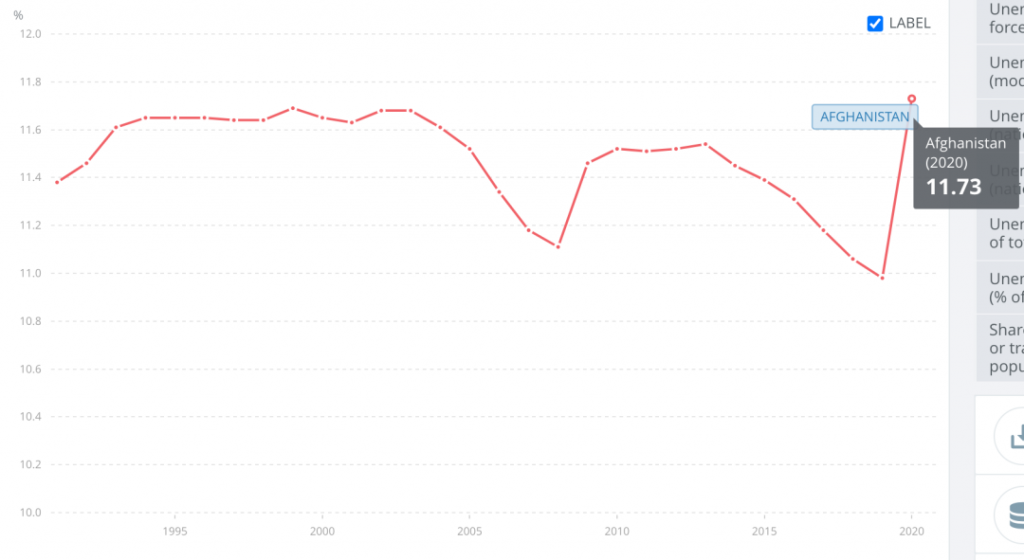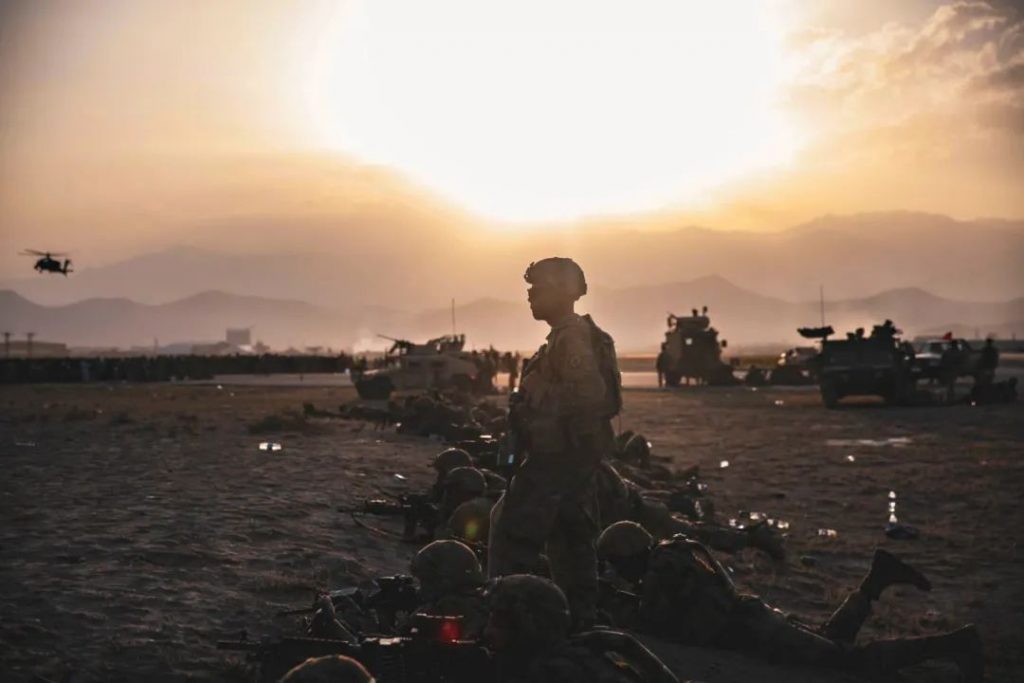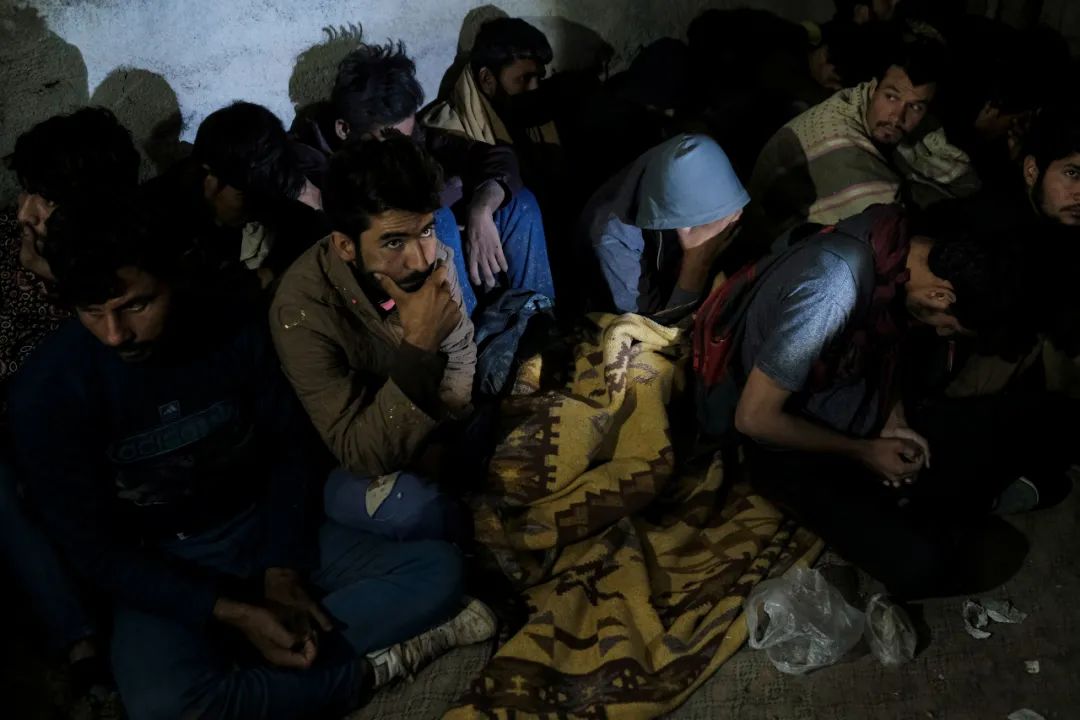In a recent public speech, U.S. President Joe Biden admitted that 20 years of U.S. troops in Afghanistan is not about building the country, much less helping it build a unified, centralized democracy.
Our mission in Afghanistan was never supposed to have been nation-building. It was never supposed to be creating a unified, centralized democracy.
Such explicit remarks have once again shattered America’s “international image and credibility”.
So what exactly has the U.S. military done in 20 years and what has left Afghanistan?
Cd: Chinadalywx combed through the three main “heritages” the United States left to Afghanistan: terrorism, humanitarian disaster, and economic backwardness.
Since the outbreak of the war in Afghanistan, afghanistan itself has not ushered in peace, but rather a series of bombings. In the month of November-December 2020 alone, there were seven bomb attacks in Afghanistan, killing 44 people.
In addition to the Taliban, various extremist groups, such as Al-Qaida and the Khorosan branch of the Islamic State, are also active in Afghanistan.
Afghanistan has overtaken Syria as the world’s most insecure country, according to the annual Global Peace Index, released in June 2019. At least 47,000 Afghan civilians have been killed in the war between 2001 and mid-April 2020. More than 60,000 people were injured and some 11 million became refugees.
What is even more remarkable is that the Americans who nominally protect them have not eradicated terrorism, but have inflamed the conflict. Innocent civilians in Afghanistan frequently die at the hands of U.S. troops in Afghanistan, and even disregard for local customs and culture, body abuse, torture and other incidents continue to come to light.
In addition, Afghanistan’s economy has been very backward, the industrial and agricultural base is weak, heavily dependent on foreign aid, financial self-reliance, people living in hardship. Afghanistan has become one of the least developed countries in the world.

According to World Bank statistics, Afghanistan’s gross domestic product will be $19,807 million in 2020, with a per capita GDP of just $508.8, or 0.8 percent of that of the United States. In 2020, Afghanistan’s unemployment rate will be about 11.73 per cent, the highest since 1991.
What does it mean for the United States, when it has been in Afghanistan for 20 years and has retreated rapidly?
Perhaps summed up in the phrase in the AFP report: Afghanistan’s changing nature means “america’s image is scattered all over the place”.
After two decades in Afghanistan, America’s longest war was ending with the image of the United States in tatters.
In addition, the protracted war in Afghanistan has also brought heavy material costs and heavy casualties to the United States.
The War Costing project estimates that the United States paid a total of $2.26 trillion for the 20-year war. The U.S. has also borrowed heavily to support the war in Afghanistan, with interest payments reaching $530 billion.

The war in Afghanistan killed 2,442 U.S. soldiers and wounded 20,666, according to the U.S. Department of Defense.
Thus, in this 20-year-old “deformed relationship”, the United States and Afghanistan have long been defeated.
Today’s U.S., the new crown epidemic is out of control, unemployment is high, fiscal deficits are at record highs… Already mud sa across the river itself is difficult to protect, so the United States can reach another 8,000 miles away from Afghanistan to continue to intervene, I am afraid that the rapid withdrawal is the best choice for Mingzhe to protect himself.
However, the United States can say go, one foot away from the mud of war, but the unrest, division, backwardness continue to leave the Afghan people.



